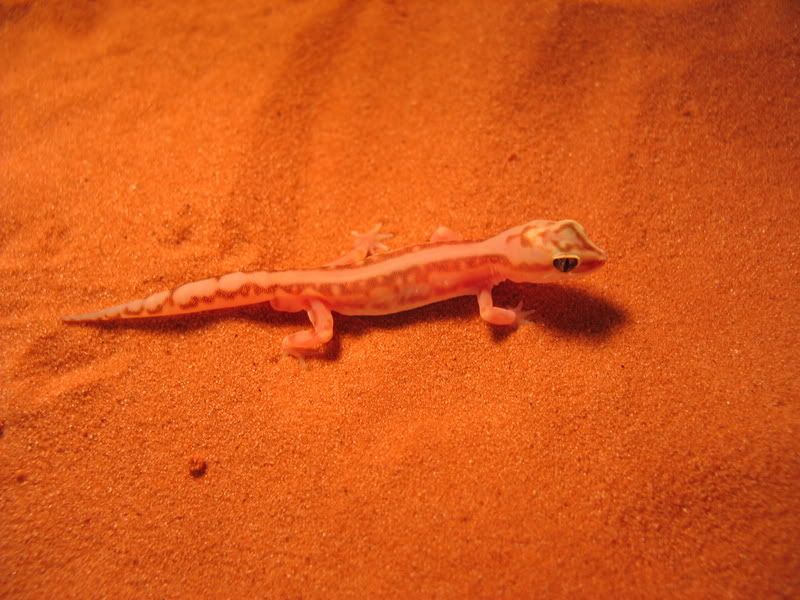clarksgeckos
New member
Hi everyone,
I just wanted to share a photo of this male that I can never seem to capture all the beauty of (even in this picture). I truly cannot believe that they are not more popular as they are very pretty geckos that are a pleasure to keep.
Well anyway, Enjoy!

I just wanted to share a photo of this male that I can never seem to capture all the beauty of (even in this picture). I truly cannot believe that they are not more popular as they are very pretty geckos that are a pleasure to keep.
Well anyway, Enjoy!





